Gone are the days of cookie-cutter metal buildings. Today, clients seek unique and customizable structures that reflect their individuality. In 2023, architectural versatility and customization options will be at the forefront of metal building design trends. With advancements in computer-aided design (CAD) software and manufacturing technology, architects and builders can create bespoke metal buildings that cater to specific client requirements, whether it’s a striking facade, intricate detailing, or unconventional layouts.
Table of Contents
- Introduction
- The Shift Towards Customization
- Architectural Versatility and CAD Software
- Customization Options in Metal Building Design
- Striking Facades and Unique Exteriors
- Intricate Detailing and Ornamentation
- Unconventional Layouts and Space Optimization
- Sustainability and Energy Efficiency
- Future Innovations in Metal Building Customization
- Conclusion
- FAQs
1. Introduction
In the realm of construction, metal buildings have gained immense popularity due to their durability, cost-effectiveness, and quick construction timelines. However, the once uniform and uninspiring metal structures have undergone a dramatic transformation. Today, clients are looking for buildings that stand out and reflect their unique vision. Customization and architectural versatility have emerged as key factors driving the evolution of metal building design.
2. The Shift Towards Customization
Clients now desire more than just functional buildings; they want structures that represent their identity and make a statement. The shift towards customization in metal building design is a direct response to this demand. Architects and builders are embracing this change, realizing that the cookie-cutter approach is no longer sufficient to meet the needs of discerning clients.
3. Architectural Versatility and CAD Software
One of the driving forces behind the surge in customization is the availability of advanced computer-aided design (CAD) software. CAD technology allows architects to create intricate designs and visualize them in three dimensions. It enables them to experiment with different materials, finishes, and layouts, offering clients a myriad of possibilities for their metal buildings.
4. Customization Options in Metal Building Design
The world of metal building design now offers a wide range of customization options. Clients can tailor their buildings to suit their preferences and requirements. Some of the key areas where customization is prevalent include:
Striking Facades and Unique Exteriors
The exterior of a building creates the first impression and sets the tone for its aesthetic appeal. With metal buildings, clients can choose from various facade options to create a visually stunning and unique exterior. From bold colors to textured finishes, the possibilities are endless.
Intricate Detailing and Ornamentation
Metal buildings no longer have to be plain and simple. With advancements in manufacturing technology, intricate detailing and ornamentation can be incorporated into the design. This allows for the creation of metal buildings that exude elegance and sophistication.
Unconventional Layouts and Space Optimization
Customization extends beyond the exterior and into the interior of metal buildings. Clients can work closely with architects to design unconventional layouts that maximize space and cater to their specific needs. Whether it’s creating open-concept workspaces or incorporating unique room divisions, the possibilities are vast.
5. Striking Facades and Unique Exteriors

The exterior of a building creates the first impression and sets the tone for its aesthetic appeal. With metal buildings, clients can choose from various facade options to create a visually stunning and unique exterior. From bold colors to textured finishes, the possibilities are endless.
Clients can opt for vibrant hues that make a bold statement or subtle tones that blend harmoniously with the surrounding environment. Textured finishes like woodgrain or stucco provide an added layer of visual interest and depth. The combination of different materials, such as metal panels, glass, and natural stone, can further enhance the aesthetic appeal of the building.
The customization of facades allows clients to create a unique identity for their metal buildings. Whether it’s a contemporary design with sleek lines and large glass windows or a traditional design with ornate architectural elements, the facade can reflect the client’s personality and style.
6. Intricate Detailing and Ornamentation
Metal buildings have transcended their utilitarian origins and can now incorporate intricate detailing and ornamentation. With advancements in manufacturing techniques, architects and builders can add decorative elements to metal structures, elevating them to works of art.
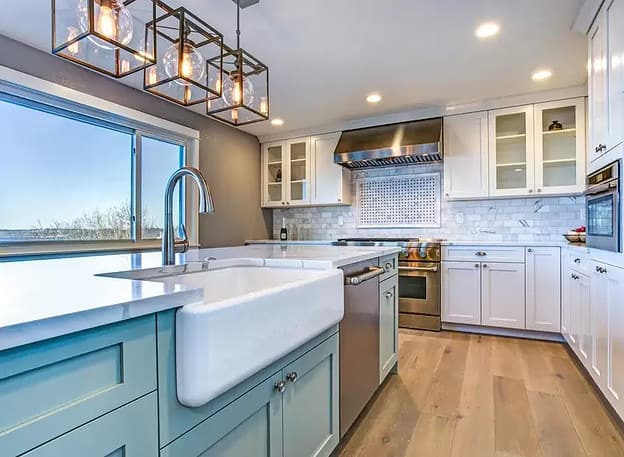
Ornamental features such as decorative trims, moldings, and accents can be integrated into the design, enhancing the visual appeal of the building. These details can be inspired by various architectural styles, including classical, modern, or even cultural influences. The incorporation of intricate detailing adds a touch of elegance and uniqueness to metal buildings, making them stand out from the crowd.
7. Unconventional Layouts and Space Optimization
One of the advantages of customization in metal building design is the ability to create unconventional layouts. Unlike traditional construction methods, metal buildings offer flexibility in terms of interior space design. Clients can collaborate with architects to design layouts that cater to their specific needs, whether it’s for residential, commercial, or industrial purposes.
Open-concept floor plans are a popular choice, providing a sense of spaciousness and flexibility. Clients can divide the interior space into separate rooms or sections based on their requirements. With the use of partitions, mezzanines, and creative spatial arrangements, architects can optimize the use of space in metal buildings, ensuring maximum functionality and efficiency.
8. Sustainability and Energy Efficiency
Customization in metal building design also extends to sustainability and energy efficiency. Clients are increasingly conscious of their environmental impact and are seeking eco-friendly building solutions. Metal buildings can be customized to incorporate sustainable features such as solar panels, rainwater harvesting systems, and energy-efficient insulation.
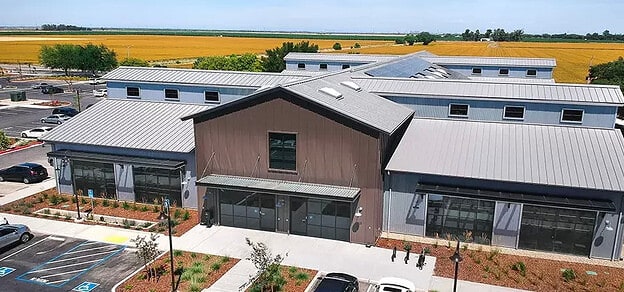
By integrating these elements into the design, metal buildings can minimize their carbon footprint and reduce energy consumption. This not only benefits the environment but also provides long-term cost savings for the building owners.
9. Future Innovations in Metal Building Customization
As technology continues to advance, the future of metal building customization holds even more exciting possibilities. From the integration of smart building systems to the use of 3D printing for complex architectural elements, the potential for innovation is vast.
Architects and builders are constantly pushing the boundaries of what is possible in metal building design. The future will bring further advancements in material technologies, allowing for greater strength, durability, and aesthetic options. Clients can look forward to even more personalized and unique metal building designs that perfectly align with their vision.
10. Conclusion
Customization and architectural versatility have revolutionized the metal building industry. Today, clients can transform their ideas into reality, creating structures that are a true reflection of their individuality. With the help of advanced CAD software and manufacturing technology, architects and builders can bring unique designs to life, offering clients limitless options for customization.
Metal buildings now boast striking facades, intricate detailing, and unconventional layouts that cater to specific needs. The focus on sustainability and energy efficiency further enhances their appeal. As the industry continues to evolve, we can expect even more exciting innovations in metal building customization, shaping the way we perceive and experience these versatile structures.
11. FAQs
Q1: Can I customize the exterior appearance of a metal building? Yes, you can. Metal buildings offer a wide range of customization options for the exterior, including facade choices, colors, and textures. You can create a visually stunning and unique appearance that suits your preferences.
Q2: Are there limitations to the customization of interior layouts in metal buildings? No, there are no inherent limitations. Metal buildings provide flexibility in interior design, allowing for unconventional layouts and optimized space utilization. You can work with architects to create interior spaces tailored to your specific needs.
Q3: How can customization contribute to sustainability in metal buildings? Customization allows for the integration of sustainable features such as solar panels, rainwater harvesting systems, and energy-efficient insulation. By incorporating these elements into the design, metal buildings can reduce their environmental impact and improve energy efficiency.
Q4: What are the advantages of architectural versatility in metal building design? Architectural versatility offers clients the opportunity to create unique and personalized structures that align with their vision. It allows for the incorporation of striking facades, intricate detailing, and unconventional layouts, setting metal buildings apart from standard construction.
Q5: What can we expect in the future of metal building customization? The future holds exciting possibilities for metal building customization. Advancements in technology will bring innovations such as smart building systems and 3D printing for complex architectural elements. These advancements will further expand the options for customization, enabling clients to create truly remarkable structures.
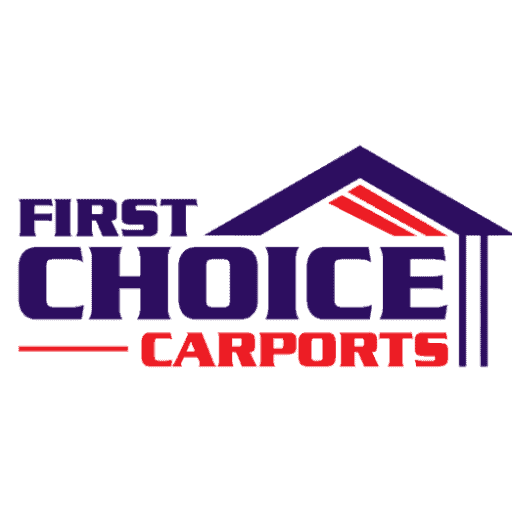
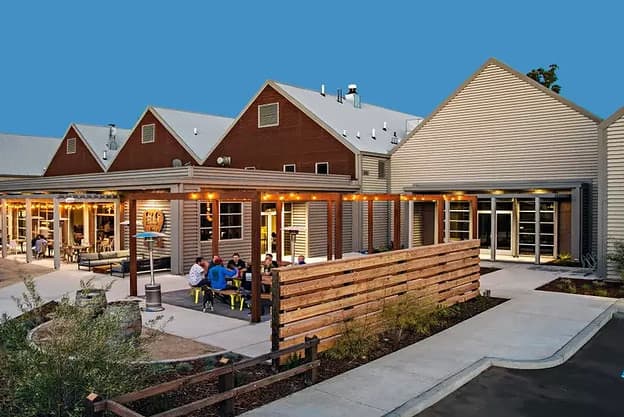
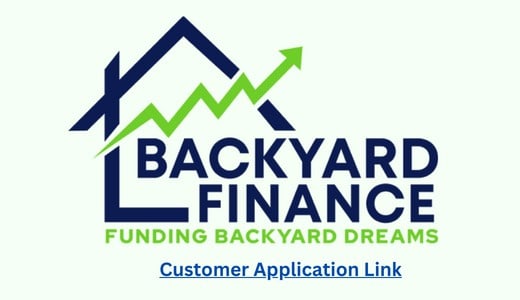
Recent Comments